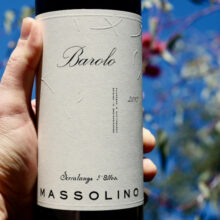
Product information
Massolino Barolo DOCG MAGNUM 2017
$245
$235ea in any 3+
$225ea in any 6+
Closure:
Cork
Description
Excellent fleshy core of fruit. Opens beautiful. Fine acid and expertly handled tannin with a playful edge. Pretty perfume. Fresh red fruits, well balanced. Plenty of fun. Accessible now with much more to come.
Comes in individual wooden box.
Only 2 left in stock
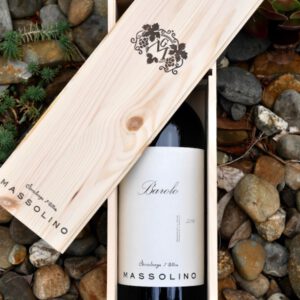




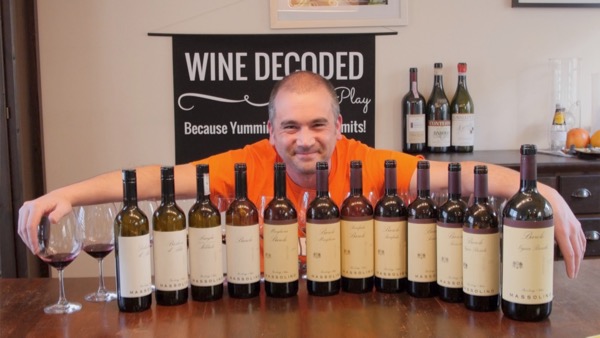
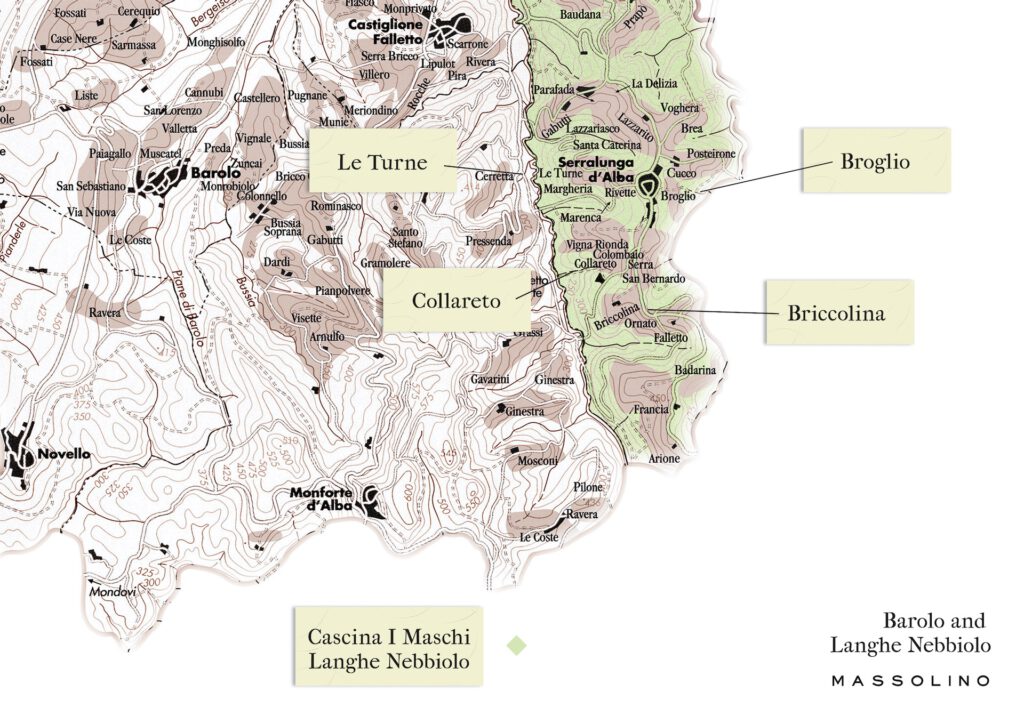
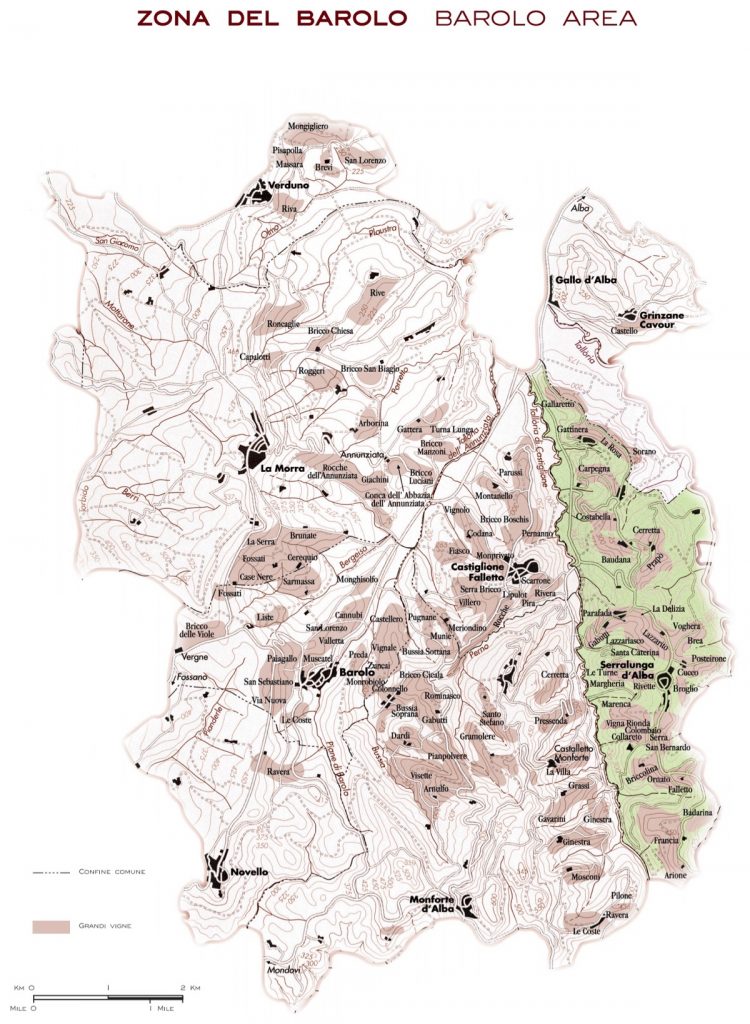

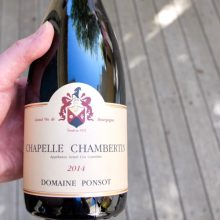
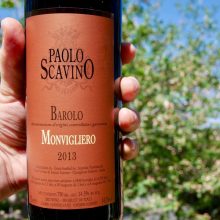
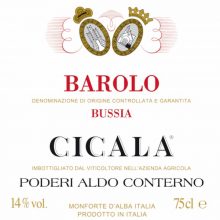
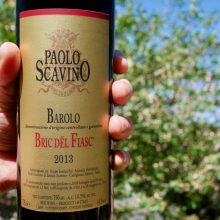
You must be logged in to post a comment.